Photo courtesy of Metso
Pressure vessels need to withstand high internal pressures, manage complex stress distributions, ensure durability under extreme conditions, and remain sustainable over their lifecycle. In this article, we'll discover the key aspects of material choices in pressure vessel design and the possibilities of duplex stainless steel to light your engineering spark.
Mechanical strength and corrosion resistance are essential keywords when designing a pressure vessel. First and foremost, the vessels need to be made of a high-strength material, allowing for a reduction in wall thickness without compromising structural integrity.
"The larger the pressure and diameter, the thicker the wall. In turn, lighter construction consumes less material, decreases logistics costs, and saves welding time,"
explains Claes Tigerstrand, Application Development Manager at Outokumpu.
Secondly, pressure vessels must be corrosion-resistant to prevent structural issues, leaks, and safety risks. "Furthermore, high corrosion resistance extends the vessel's lifecycle while reducing the need for repairs or replacements and minimizing resource consumption," notes Mikko Palosaari, Application Development Manager at Outokumpu.
Thirdly, an important design consideration with duplex stainless steel is the material's temperature limits at both high and low temperatures. The material may become brittle if exposed to temperatures outside these limits, which may impair the vessel's structural integrity. Therefore, following existing design guidelines to ensure optimal performance after fabrication is paramount. You can learn more about the welding practices for different stainless steel grades from our guide, which is downloadable here.
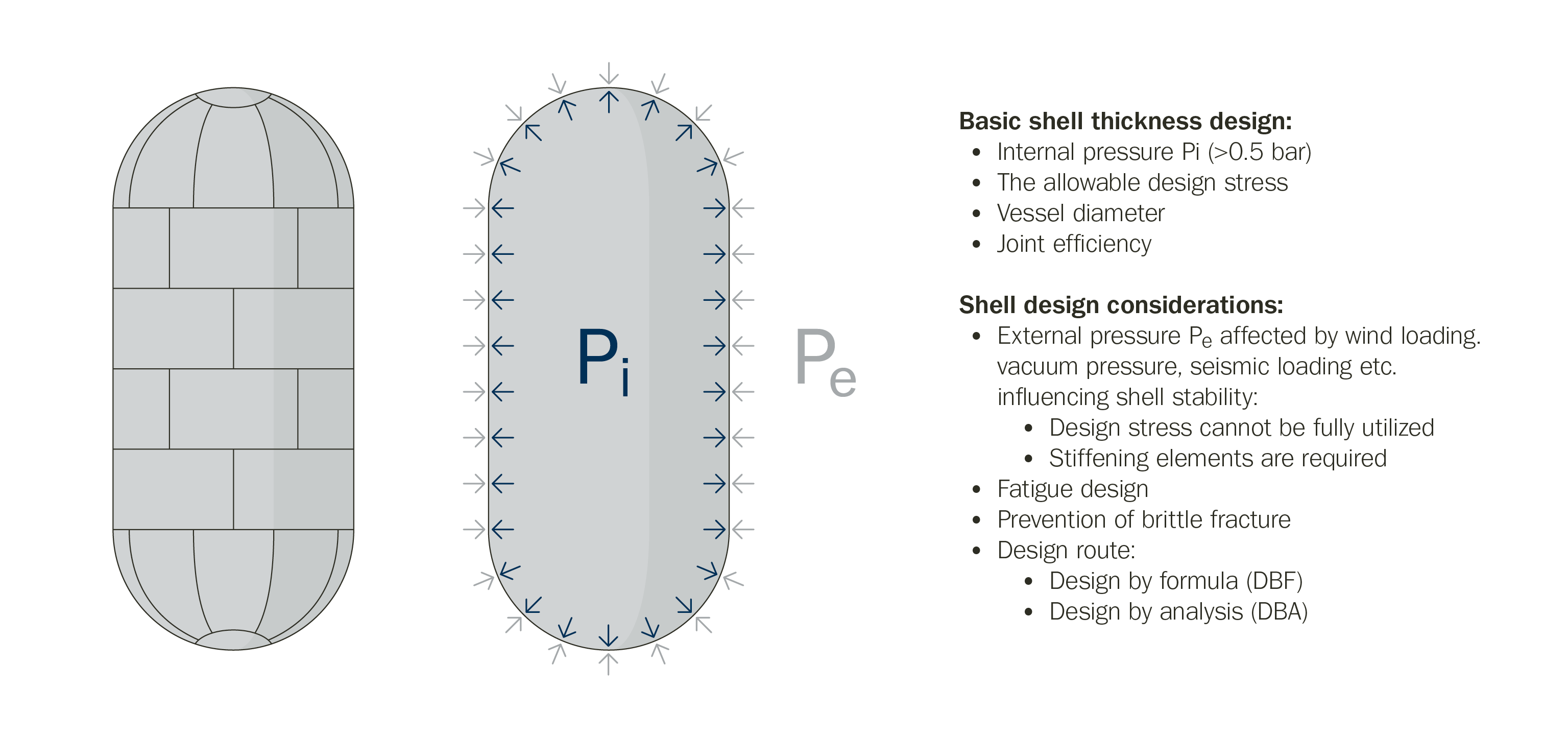
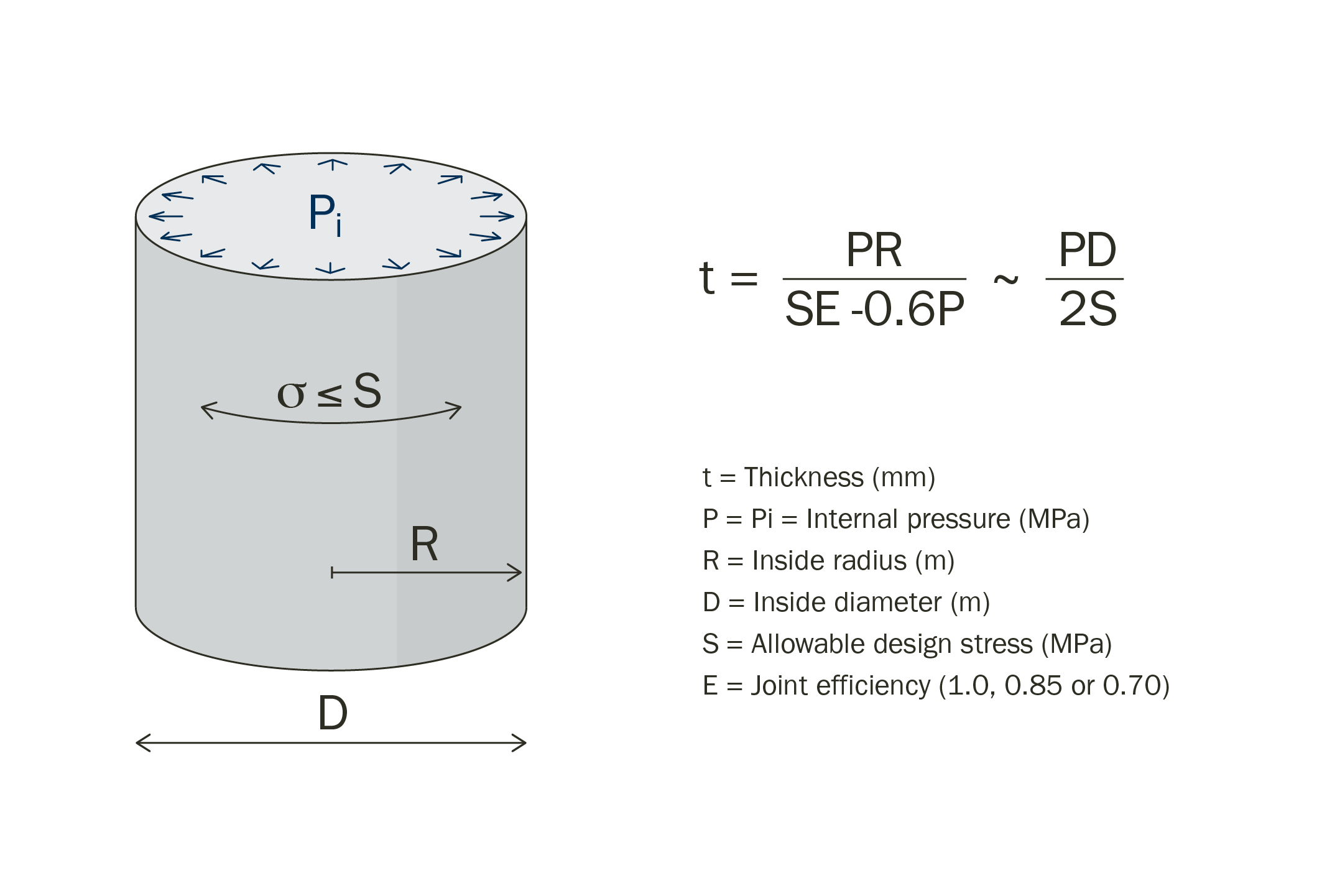
The unparalleled material for pressure vessels: duplex stainless steel
When choosing a material for a pressure vessel, duplex stainless steel is the way to go. It features a microstructure with an equal percentage of ferrite and austenite, providing a unique balance of strength and corrosion resistance—withstanding temperatures up to about 300°C (600°F). Most pressure vessel materials need coatings to protect against the environment and preserve the contents. Duplex stainless steel, however, is inherently corrosion-resistant and maintains this protection throughout its lifetime. Its chromium oxide layer self-heals when scratched in environments containing enough oxidants, unlike coatings that require immediate repair to prevent further damage.
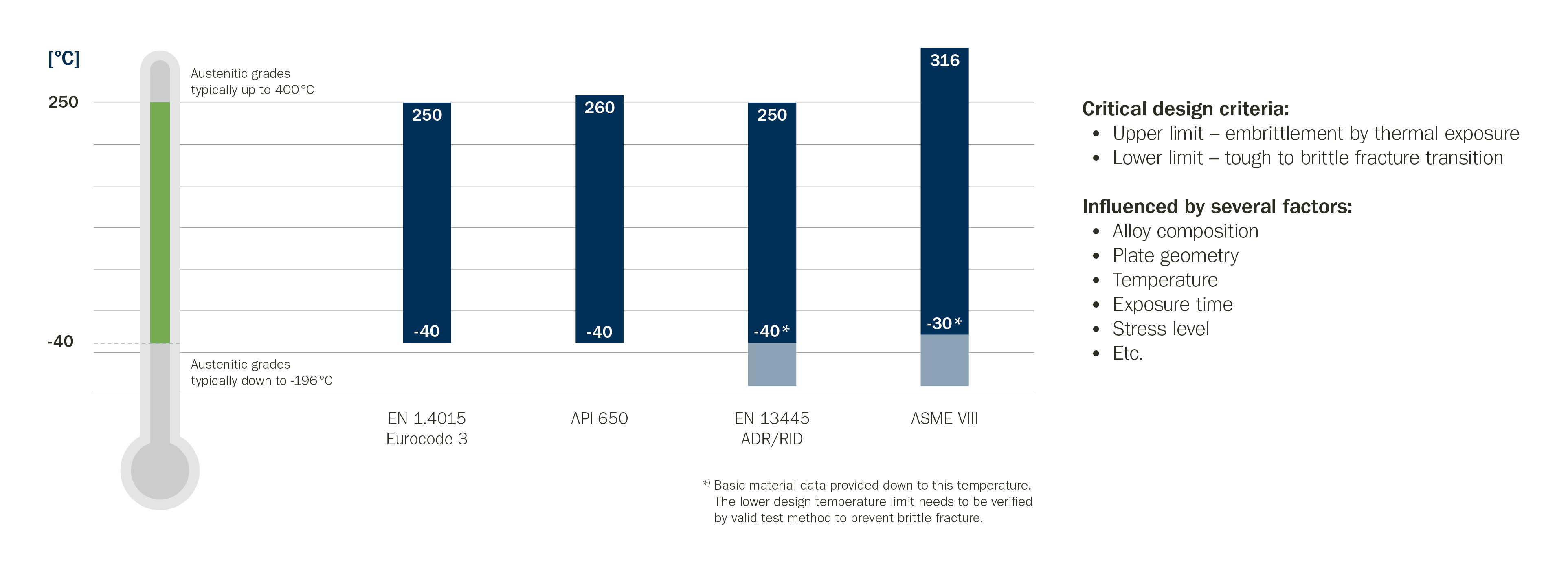
Furthermore, pressure vessels made of duplex stainless steel require less maintenance, inspection, and repair than regular pressure vessel steel grades, saving time and costs. While initial costs may vary, the long-term savings in maintenance and lifecycle costs make stainless steel more affordable, potentially reducing total costs below that of a coated carbon steel vessel, especially when the production loss during downtime is considered.
Separating the wheat from the chaff in stainless steel
Not all stainless steels are equal. Outokumpu has developed its duplex stainless steel grades for decades, representing the highest cost-effectiveness and material performance—achieved by maximizing the alloying elements that improve material properties such as strength, fatigue, erosion and corrosion resistance, and minimizing the expensive elements, especially nickel. In addition, a lower nickel content increases price stability.
"Our duplex stainless steel is both environmentally and economically sustainable, and it can help to achieve substantial weight and cost savings in pressure vessel design,"
Palosaari says.
Outokumpu also has the lowest carbon footprint for duplex stainless steel. Their flagship product line, Circle Green® stainless steel, has infinite recyclability, meaning the material can be 100% recycled for new steelmaking without the quality being downgraded—supporting the sustainability of the manufacturing process and the whole lifecycle of a pressure vessel. With a carbon footprint down at a fraction of the global average, the material surpasses any existing solution in sustainability.
"In Europe, the recycled content of stainless steel is at an estimated average of 85%, with Outokumpu stainless steel reaching up to 95%. If all stainless steel were made like Outokumpu Circle Green®, the global carbon footprint would be cut by 364 million tons yearly," Tigerstrand adds.
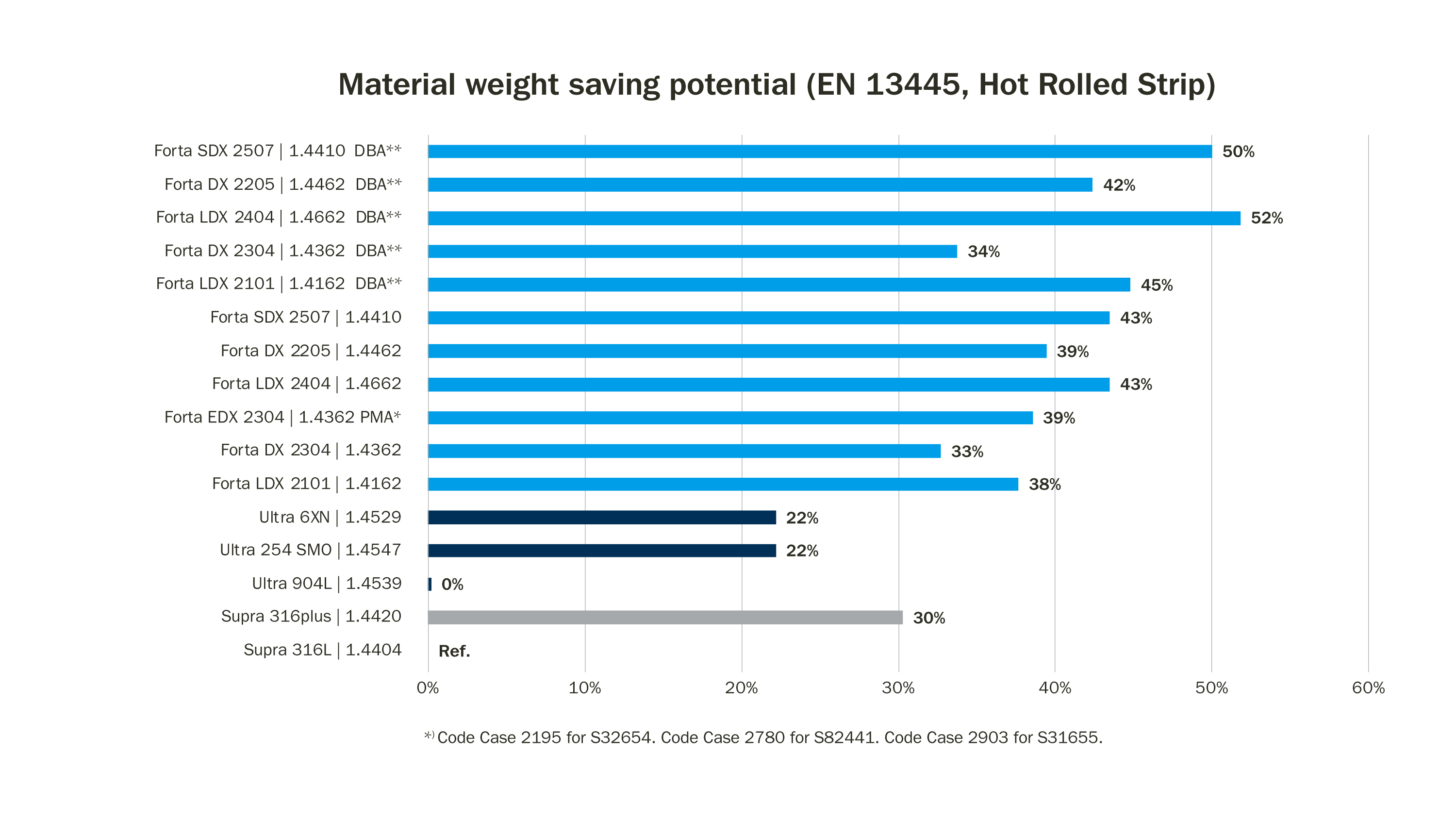
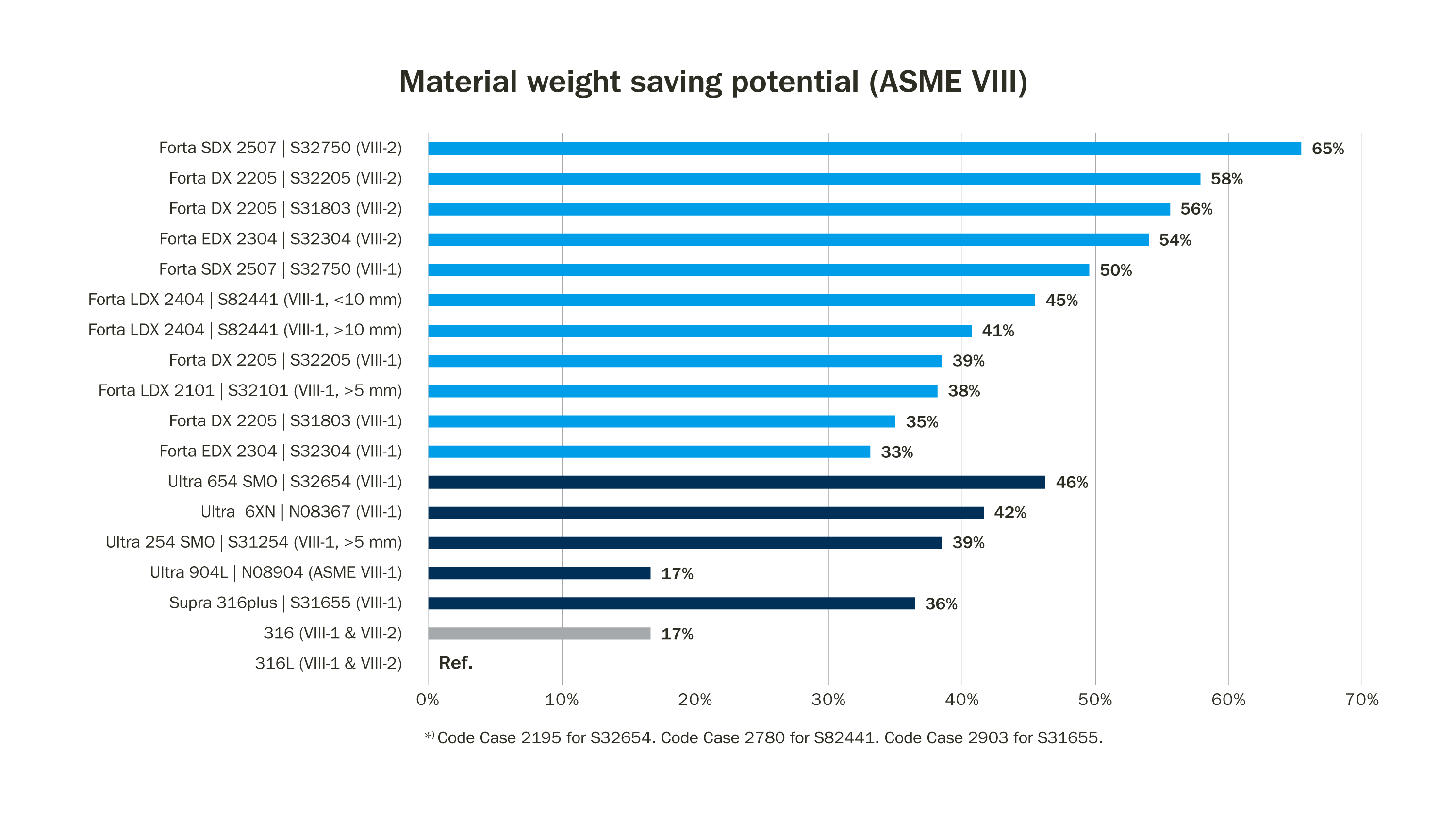
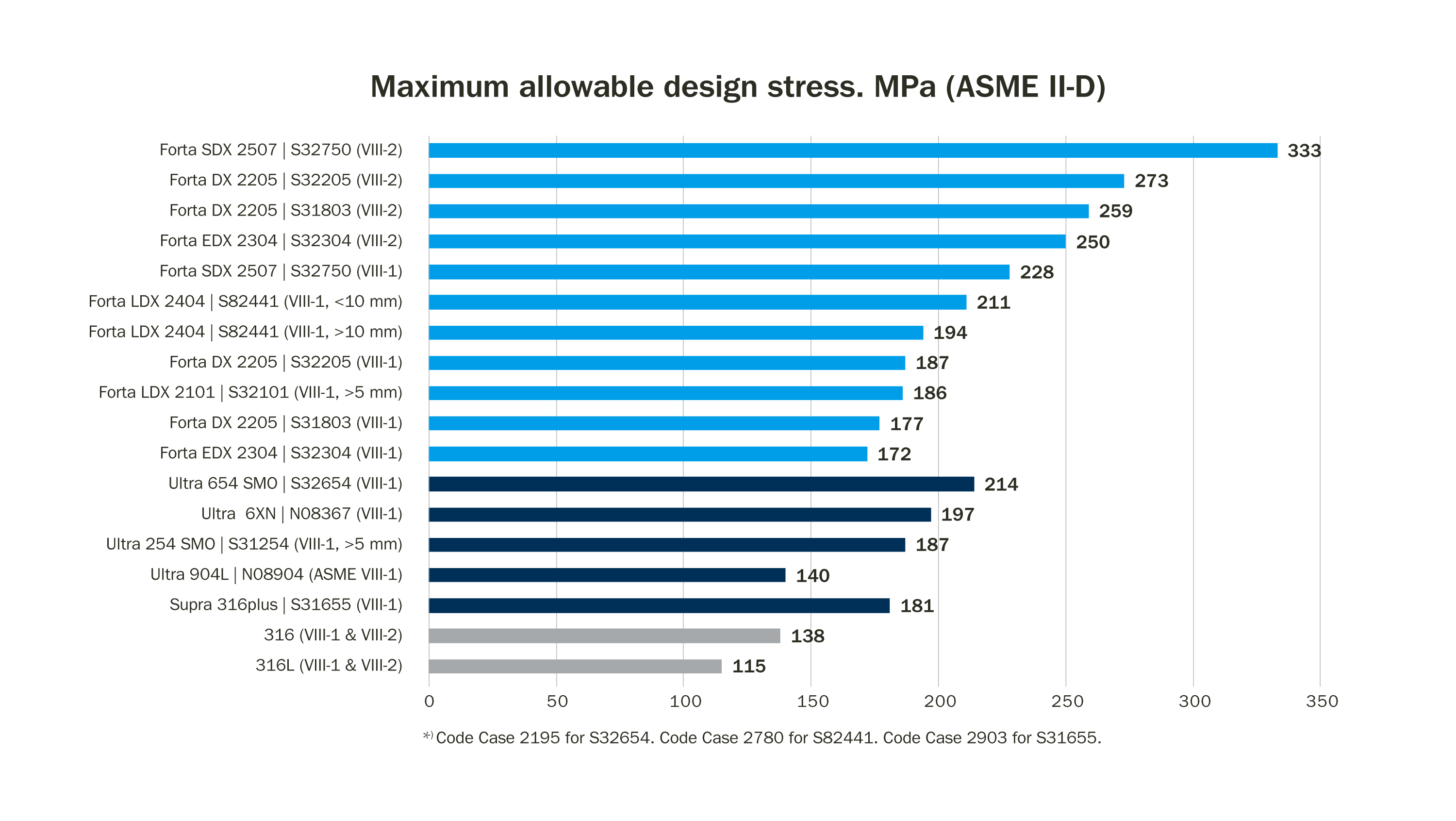
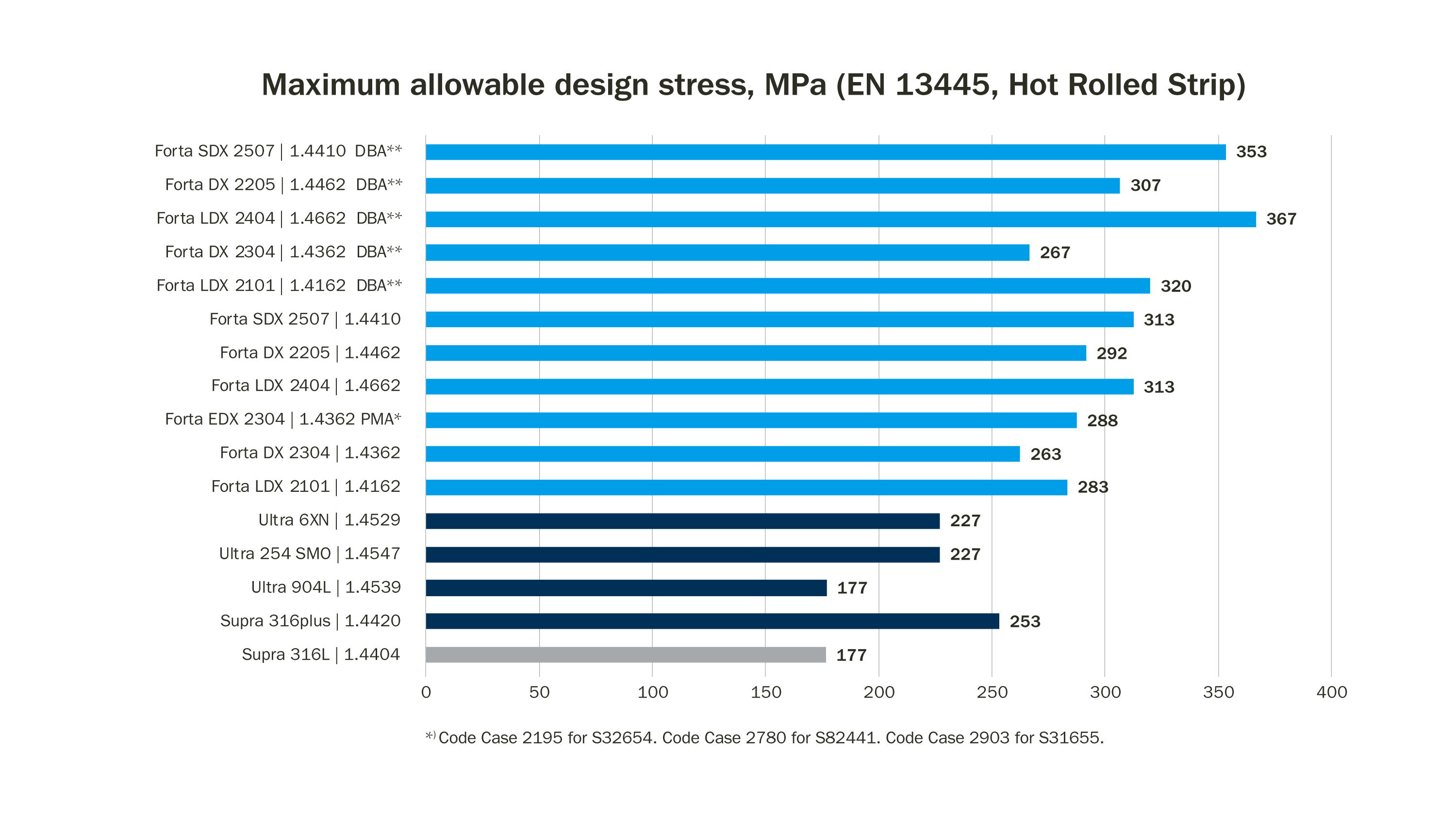
How to design safe, durable, and sustainable pressure vessels
- Choose durable materials to minimize maintenance and extend the service life of the pressure vessel.
- Opt for high-strength and corrosion-resistant materials that reduce the thickness requirements and eliminate the need for coatings or corrosion allowances, reducing the material consumption and costs.
- Maximize using recycled raw materials in alloy production to conserve natural resources and lower emissions.
